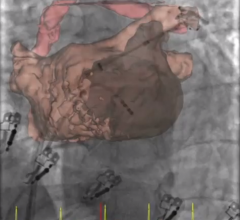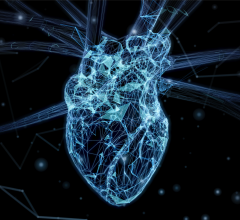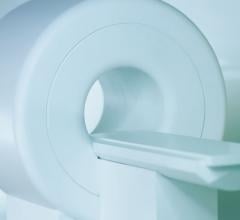Magnetic Resonance Imaging (MRI)
Cardiac MRI creates images from the resonance of hydrogen atoms when they are polarized to face in one direction and then hit with an electromagnetic pulse to knock them off axis. The wobbling of the atoms is what is recorded by computers and used to reconstruct the images. Cardiac MR allows very detailed visualization of the myocardial tissue above the resolution found with cardiac CT. Using different protocol sequences, various contrast type images can be created with MRI to enhance various tissues or to provide physiological data on the function of the heart. This section includes MR analysis software, MRI scanners, gadolinium contrast agents, and related magnetic resonance accessories.

As medical advancements continue to push the boundaries of what is possible in the field of structural heart ...
January 29, 2014 — Biotronik enrolled the first patients in an expansion of their ongoing ProMRI trial to test its pacem ...


Following public comment received in the fall of 2013, The Joint Commission has released new accreditation standards for ...


By Dave Fornell, DAIC editor
The largest medical imaging show in the world is the annual Radiological Society of ...

 February 10, 2014
February 10, 2014





